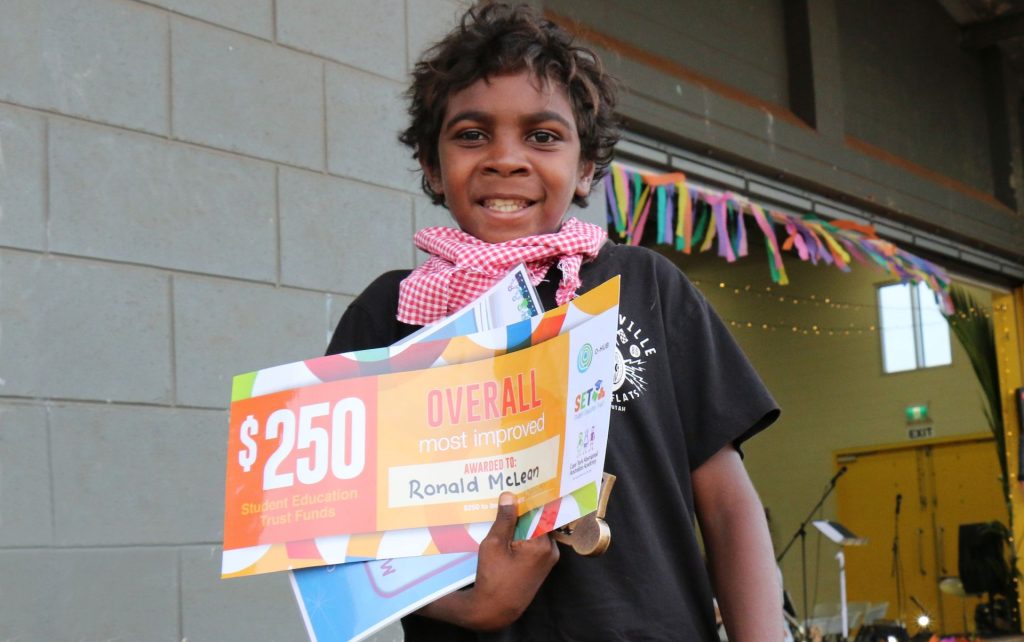Back to Course
Deliver Positive High-Expectations Leadership
0% Complete
0/0 Steps
-
Module Introduction2 Topics
-
Applying Cycles of School Improvement to Positive High-expectations19 Topics|2 Tests
-
Cover
-
Lesson objective
-
Opening the lesson
-
Positive high-expectations schools
-
Features of positive high-expectations schools
-
Features of positive high-expectations schools
-
Embed a high-expectations culture
-
Leading a high-expectation culture
-
The 8 cycles of school practice
-
Principals direct the school team
-
Effective teaching and positive high-expectations
-
Classroom data and high-expectations
-
School-wide behaviour model
-
Improving behaviour increases student learning
-
Positive high-expectations affect learning and behaviour
-
Check your understanding
-
Test your understanding
-
Review
-
Lesson completed
-
Cover
-
Explaining the Role of the School Leaders in a Positive High-expectations Culture18 Topics|2 Tests
-
Cover
-
Lesson objective
-
Opening the lesson
-
Responsibility of school leaders
-
Believe in the potential of every student
-
No excuses
-
Principles of high-expectations
-
Positive high-expectations raise student potential
-
Organising the BMT
-
Supporting the BMT
-
Importance of meeting structure
-
Professional learning opportunities
-
The behaviour management team
-
Setting goals for students
-
Check your understanding
-
Test your understanding
-
Review
-
Lesson completed
-
Cover
-
Leading the Behaviour Management Model21 Topics|3 Tests
-
Cover
-
Lesson objective
-
Opening the lesson
-
The behaviour management model
-
Leading design and continuous improvement
-
PBIS and the essential components of a successful behaviour management model
-
A behaviour management model for positive high-expectations schools
-
Check your understanding
-
Beginning with evaluation
-
Building a school-wide model for behaviour
-
Designing a rollout calendar
-
Delegating leadership
-
Model for effectively delegating project tasks
-
Scenario: delegating tasks for behaviour management model implementation
-
Improving implementation by starting small
-
Scenario: Improving Implementation by Starting Small
-
Addressing common implementation problems of a school-wide behaviour management model
-
Check your understanding
-
Test your understanding
-
Review
-
Lesson completed
-
Cover
-
Leading Continuous Improvement of Behaviour School-wide21 Topics|3 Tests
-
Cover
-
Lesson Objective
-
Opening the Lesson
-
Continuous Improvement and the PBIS Framework
-
The Process for Continuous Improvement of Behaviour
-
Continuous Improvement of Behaviour
-
Video: Managing Continuous Improvement for Behaviour School-wide
-
Check Your Understanding
-
Promoting a Data-based Culture
-
Making Data Meaningful for the School Team
-
Scenario: Making Data Meaningful for the School Team
-
Video: Using Data to Increase Buy-in of a Behaviour Management Model
-
Check Your Understanding
-
Walkthroughs and Observations
-
Supporting the Behaviour Management Team
-
Supporting Implementation of Interventions
-
Scenario: Supporting Implementation of Interventions
-
Test Your Understanding
-
Closing the Lesson
-
Review
-
Lesson Completed
-
Cover
-
Supporting Implementation Fidelity in Every Classroom24 Topics
-
Cover
-
Lesson Objective
-
Opening the Lesson
-
Professional Learning Standards, Techniques, and Practices
-
Implementation Fidelity
-
Video: Implementation Fidelity in Positive Reinforcement
-
Communicating Expectations
-
Tracking Progress of Program Delivery
-
Scenario: Tracking Program Delivery
-
Check Your Understanding
-
Conducting Classroom Observations
-
Supporting Teacher Improvement Plans
-
Supporting Coaching in the Classroom
-
Ensuring Coaching Cycles for All Teachers
-
Scenario: Supporting Classroom Coaching
-
Check Your Understanding
-
Leading Professional Learning
-
Supporting Professional Conversations to Improve Behaviour
-
Supporting Parent-Teacher Relationships
-
Celebrating the Teaching Team
-
Video: Celebrating Teachers in Positive High-Expectations Schools
-
Test Your Understanding
-
Review
-
Lesson Completed!
-
Cover
-
Module evaluation survey1 Topic
Participants 713
Lesson Progress
0% Complete

No excuses
Believing in the potential of every student means accepting no excuses for student under-achievement.
School leaders must embrace this mindset to create a culture that supports each student to achieve their potential. Students’ socioeconomic background, or personal circumstances are not used to lower expectations or make excuses for lack of achievement.

No excuses doesn’t mean that the school team is unsympathetic to students’ circumstances. Every team member acknowledges the challenges facing students, but they do not allow this to determine the capacity of those students.
The Principal and Coach apply ‘No excuses’ thinking mindset in leading the school team. They ensure the following:
- Use no excuses language in communicating expectations.
- Point out when the teaching team are making excuses for students’ lack of achievement.
- Brainstorm strategies that support high expectations and no excuses.
- Hold and communicate high expectations for the teaching team as well as for students.


